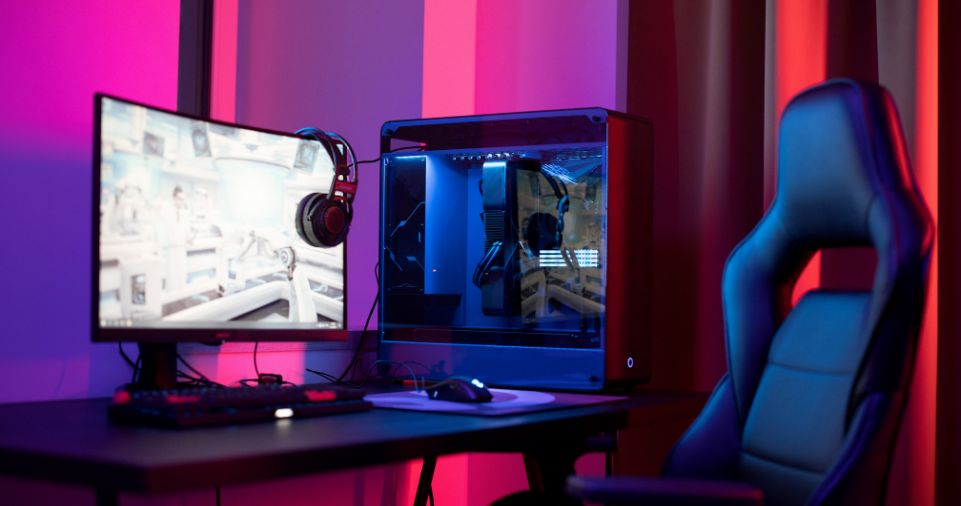The Samsung Moon photos are fake. But so is a lot of mobile photography. Mobile phones are used for many purposes, but photo-taking is not one of them. The Moon isn’t flat — it’s round. Every day, millions of people take pictures with their smartphones and tablets, and they do so using apps that promise to make your pictures look better than those taken by professionals (and even some pro photographers). But the truth is that most mobile photos aren’t worth looking at: they’re blurry or poorly exposed or just plain bad quality overall!
Samsung’s moon photo is fake.
The photo is a fake. The moon you see in the photo is not a real moon, but it could be one if you were to go outside at night and look up into the sky. The only way to tell that this picture isn’t real is because there are no stars visible in it—it’s just a big blob of light on your camera screen with some weird-looking craters around it (which we’ll get into later).
It might seem like this would make sense since you can’t see any stars or planets when looking at our planet from outer space, but I assure you; if anything else was blocking out their view of Earth’s atmosphere then they’d definitely notice something wrong! So now we know why Samsung released images like these: they want us all believing that our planet really does have moons floating around us every night…
But a lot of mobile photography is fake.
But a lot of mobile photography is fake. Mobile photography is a waste of time, money and energy. It also takes up space on your phone and can be dangerous if you fall while taking it with you in the wilds.
Mobile phones are used for many purposes, but photo-taking is not one of them.
Mobile phones are used for many purposes, but photo-taking is not one of them. The very fact that you can capture an image on your phone and then upload it to Instagram or Facebook is a testament to the fact that mobile photography doesn’t exist in the same way as traditional cameras do. Most people don’t even take photos with their smartphones because they’re simply too small and fragile to withstand regular use — unless you’re willing to pay upwards of $1,000 for a high-end model (or even more).
Also Read: The best iPad to buy right now
Mobile phones are actually quite poorly suited for taking pictures at all; they typically have limited zoom capabilities and low-resolution displays which makes them poor choices for serious photographers looking to capture detailed images of anything outside their immediate surroundings.
The Moon isn’t flat — it’s round.
The Moon isn’t a rock in the sky, or a piece of glass, or any other thing you might think it is. It’s actually an ellipsoid—a sphere with its longest side (the major axis) approximately equal to its shortest one (the minor axis). This means that you could fit three full moons inside one Earth-sized planet!
The shape of our celestial neighbor has been known since ancient times but when it came time for astronauts to photograph them from space there was only one way for them to do it: use cameras specially built for shooting at extreme angles and high resolutions so as not to distort their images by focusing on objects close up like Earth itself would do naturally due to gravity pulling inward toward its center point which causes distortion due what’s called refraction.
Also Read: SEO Company in India Chandigarh
Reflection effects where light bends around edges instead going straight through as though there weren’t anything there except air particles bouncing off each other creating diffraction patterns around objects like lenses do when photographing large groups together such as cars driving past each other at night time while being reflected off headlights causing yellowish green hues instead red ones like usual only reversed directionally unlike how we normally see things normally occurring naturally without any artificial filtering whatsoever!”
But I’ve never seen anything that looks like a flat rock in the sky.
But I’ve never seen anything that looks like a flat rock in the sky. The Moon is not flat; it’s round. The Moon is not a rock; it’s a sphere. And if you think about it for any length of time, you’ll realize that this isn’t really even an issue anymore: we’ve been taking photos of our planetary neighbor for decades now and we’ve seen plenty of evidence supporting our previously held belief that there are no rocks on the moon (or at least none visible from Earth).
Also Read: How to Choose the Right Drupal Development Company
So why did Samsung release these images? It seems likely they were trying to promote their new phone: S8+. But perhaps they figured people would be so busy staring at them they wouldn’t notice what was happening beyond those pixels!
Despite what the press releases say, most mobile photos aren’t worth looking at.
Despite what the press releases say, most mobile photos aren’t worth looking at.
Mobile phones are used for many purposes, but photo-taking is not one of them. The Moon isn’t flat — it’s round! But I’ve never seen anything that looks like a flat rock in the sky (except maybe for those rocks on Mars). And even if you do see something like that with your phone’s camera lens, don’t believe everything you see — especially when it comes from Samsung or any other company trying to sell you their product.
Also Read: 5 Places to Find Blogs for Sale
Conclusion
It’s important to remember that mobile phones have been used for many purposes, but photo-taking is not one of them. We’ve seen a lot of silly claims about the moon on the internet in recent months, but none of them are as ridiculous as this one from Samsung: “Moon’s surface looks like it was shot with a camera phone.” But that doesn’t mean we should stop trying to get better photos from our phone cameras; there’s still plenty of work left to do before we can get anywhere close to what you can get out of a professional digital SLR or mirrorless system.







